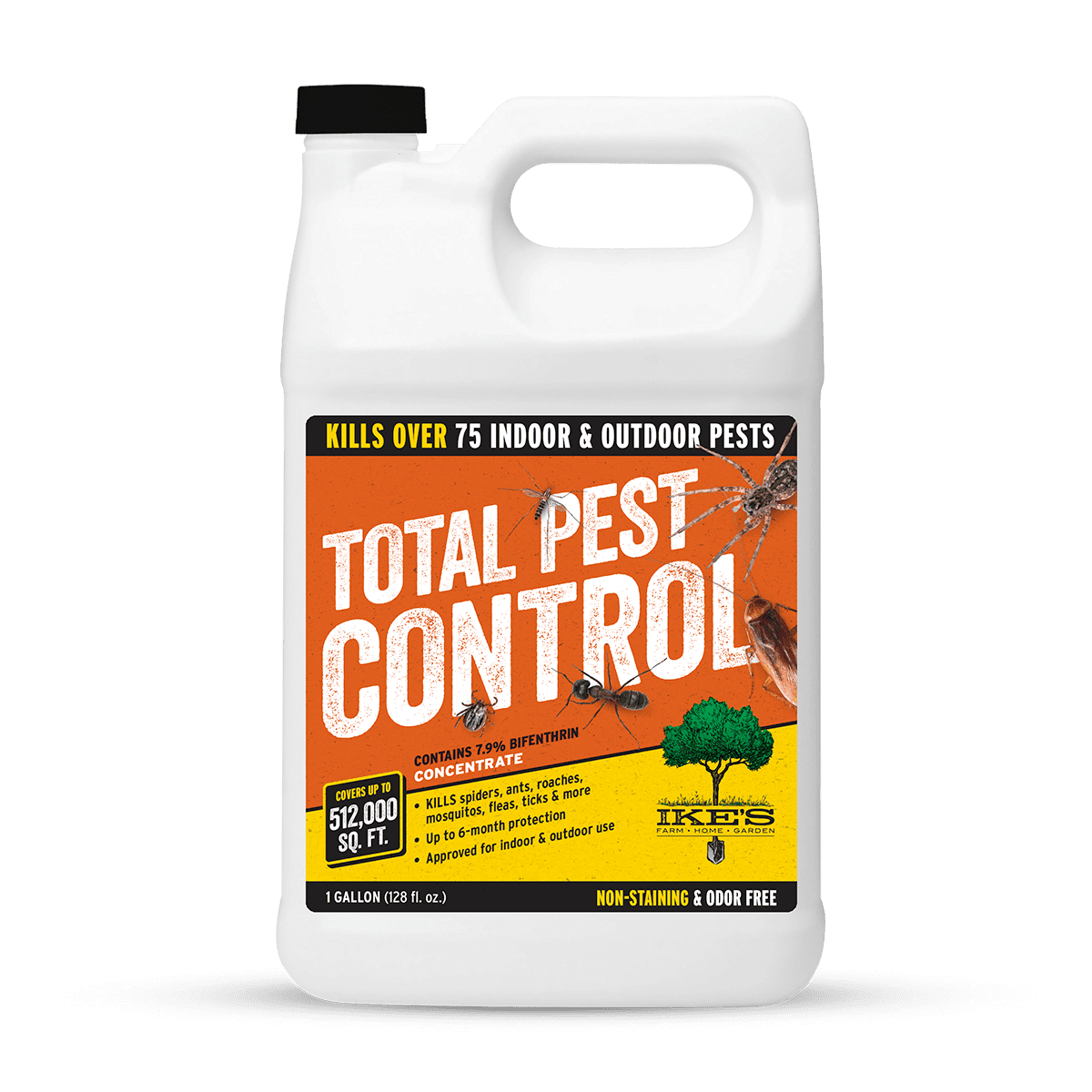A1 Pest Control Charlotte NC Bed Bugs - Specialist Elimination Services
A1 Pest Control Charlotte NC Bed Bugs - Specialist Elimination Services
Blog Article
Bed Pest Therapy Break Down: Contrasting Chemical Vs. Non-Chemical Solutions
In the realm of insect control, particularly when dealing with the persistent problem of bed pests, the choice between chemical and non-chemical treatment remedies can be a crucial one. Both strategies offer distinctive advantages and downsides, influencing aspects such as effectiveness, security factors to consider, and overall price. By examining the nuanced information of each method, a more clear understanding of which course to go after in resolving a bed pest invasion can be attained.
Performance of Chemical Treatments
Chemical therapies for bed pest infestations have actually been extensively identified for their fast and powerful efficacy in eliminating these parasites. When considering the performance of chemical therapies, it is critical to understand that they can offer a comprehensive and quick solution to a bed bug problem.
Furthermore, chemical treatments have the benefit of supplying residual impacts, indicating that they can remain to get rid of bed pests even after the first application. This recurring action is specifically helpful in combating any kind of possible re-infestations. Additionally, the quick action of chemical treatments can bring relief to individuals facing serious bed pest problems, enabling them to gain back control of their home quickly.
Safety Interest In Chemical Solutions
One critical facet that calls for cautious consideration when making use of chemical services for bed insect therapy is guaranteeing the security of passengers and the atmosphere. Exposure to specific chemicals used in bed insect therapies can lead to respiratory concerns, skin irritability, or other negative reactions, particularly in people with pre-existing problems or level of sensitivities.
Furthermore, the ecological impact of chemical services is an additional significant consideration. Some pesticides made use of in bed bug therapies might be dangerous to helpful insects, wildlife, and ecosystems if they leach into the soil or water supply. It is vital to use chemical therapies judiciously, following security guidelines, and considering less harmful options to mitigate these risks and ensure the effective and secure monitoring of bed bug invasions.
Benefits of Non-Chemical Techniques
Taking into consideration the potential security problems and environmental effect associated with chemical solutions for bed pest treatment, exploring non-chemical techniques offers an encouraging alternative with a number of distinct advantages. Non-chemical therapies are ecologically friendly, as they do not contribute to air or water air pollution, making them a lasting choice for insect control.
In addition, non-chemical options can be reliable in targeting bed insects, including hard-to-reach areas where chemical treatments might not penetrate. Methods such as warm therapy, vacuuming, vapor cleansing, and cushion encasements offer thorough removal without making use of harmful chemicals. Moreover, non-chemical strategies can be much less turbulent, calling for minimal preparation and permitting quicker reentry into treated locations. Generally, deciding for non-chemical bed pest therapy techniques not only focuses on safety and security and ecological defense however also guarantees detailed and efficient pest control.
Limitations of Non-Chemical Treatments

In addition, non-chemical treatments usually call for numerous applications to attain effective removal. This can be lengthy and may not constantly guarantee total removal of all bed pests and their eggs, particularly in hard-to-reach or concealed locations.
Moreover, the success of non-chemical treatments greatly counts on appropriate execution and thoroughness, which can be challenging for people without professional know-how. Poor application of non-chemical techniques might lead to insufficient obliteration, bring about persistent invasions and the demand for additional treatments.
Consequently, while non-chemical treatments have their benefits, it is important to acknowledge these limitations and consider them when figuring out one of the most efficient technique for handling bed bug invasions.
Cost Contrast: Chemical Vs. Non-Chemical Options
Offered the limitations associated with non-chemical treatments, an important facet to evaluate in the context of bed pest administration is the expense comparison between chemical and non-chemical options. In contrast, non-chemical therapies like heat therapy or vapor can be extra expensive, with expenses ranging from $1,000 to $6,000 for an entire home. While the initial cost of chemical treatments may Our site appear reduced, several therapies may be called for to completely eliminate the problem, possibly raising the total cost.
Verdict

Thinking about the potential security issues and environmental effect connected with chemical remedies for bed bug treatment, exploring non-chemical strategies provides an encouraging alternative with a number of unique advantages.Given the limitations connected with why not look here non-chemical treatments, a vital facet to evaluate in the context of bed pest monitoring is the expense comparison in between chemical and non-chemical choices. In comparison, non-chemical treatments like heat therapy or steam can be much more pricey, with expenses varying from $1,000 to $6,000 for a whole home. While the preliminary cost of chemical treatments may seem lower, numerous therapies may be called for to completely get rid of the invasion, possibly raising the total price.In conclusion, when contrasting chemical and non-chemical bed bug therapy choices, it is vital to consider performance, safety, benefits, restrictions, and price.
Report this page